What is the tolerance range of precision screws?
What is the tolerance range of precision screws?
Service Hotline
+86760-8787 8587We have more than ten years of experience in screw industry production, the main products are: screw nut hex screw nut, full tooth hexagon bolt, cylindrical positioning pin, semi-solid rivet, ANSIB18.22.1, carbon steel anchor bolt, insulating copper column, cylindrical Head screws, colored aluminum alloy washers, joint nuts, insulating flat washers, aluminum flat head rivets, flat head screws, retaining ring gaskets, GBT901 bolts and other fasteners, due to different product materials and specifications, the prices are also different, such as Please contact us if necessary.


hand screw is a screw with a plastic head, and the user fixes the hand screw by turning the plastic head by hand. At present, a hand-tight screw is disclosed in the market publication number CN202203253U, which includes a plastic head and a screw rod, the plastic head and the screw rod are connected together, and the height of the plastic head is higher than that of ordinary screws, and the height is 11 cm. The screw of the hand screw is fixed in the plastic head by glue. After a period of use, the aging of the glue leads to the loosening of the screw and the plastic head. When the plastic head is stressed, the screw rod comes out of the plastic head, which affects the normal use of the hand screw.
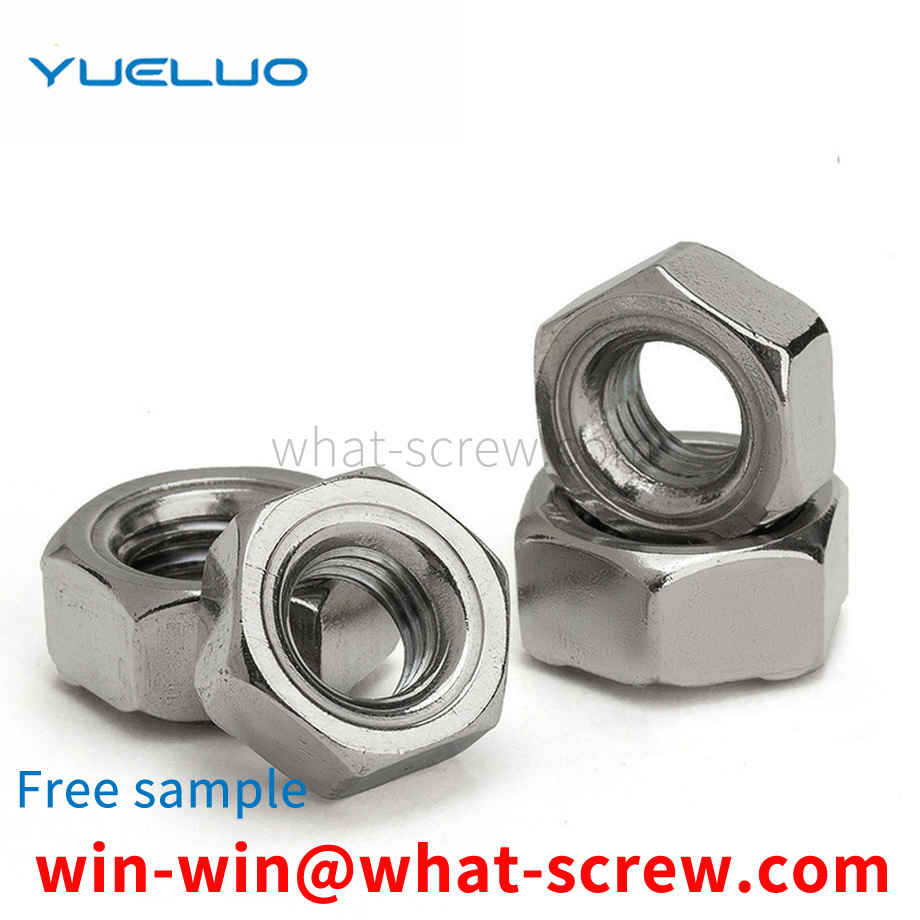
At present, the standard parts on the market mainly include carbon steel, stainless steel and copper. A carbon steel. We distinguish low carbon steel, medium carbon steel and high carbon steel and alloy steel by the content of carbon in carbon steel material. 1 Low carbon steel C%≤0.25% is usually called A3 steel in China. Foreign countries are basically called 1008, 1015, 1018, 1022, etc. Mainly used for grade 4.8 bolts, grade 4 nuts, small screws and other products without hardness requirements. (Note: 1022 material is mainly used for drill tail screws.) 2 Medium carbon steel 0.25% 3 High carbon steel C%>0.45%. 4 Alloy steel is basically not used in the market: alloying elements are added to ordinary carbon steel to increase some special properties of steel: such as 35, 40 chromium molybdenum, SCM435, 10B38. Fangsheng screws mainly use SCM435 chromium molybdenum alloy steel, the main components are C, Si, Mn, P, S, Cr, Mo. Two stainless steel. Performance grade: 45, 50, 60, 70, 80 1 Mainly divided into austenite (18% Cr, 8% Ni) with good heat resistance, good corrosion resistance and good weldability. A1, A2, A4 2 Martensite, 13%Cr have poor corrosion resistance, high strength and good wear resistance. C1, C2, C4 ferritic stainless steels. 18%Cr has better upsetting and corrosion resistance than martensite. The imported materials on the market are mainly Japan. According to the level, it is mainly divided into SUS302, SUS304 and SUS316. Three coppers. Commonly used materials are brass...zinc-copper alloys. The market mainly uses H62, H65, H68 copper as standard parts.
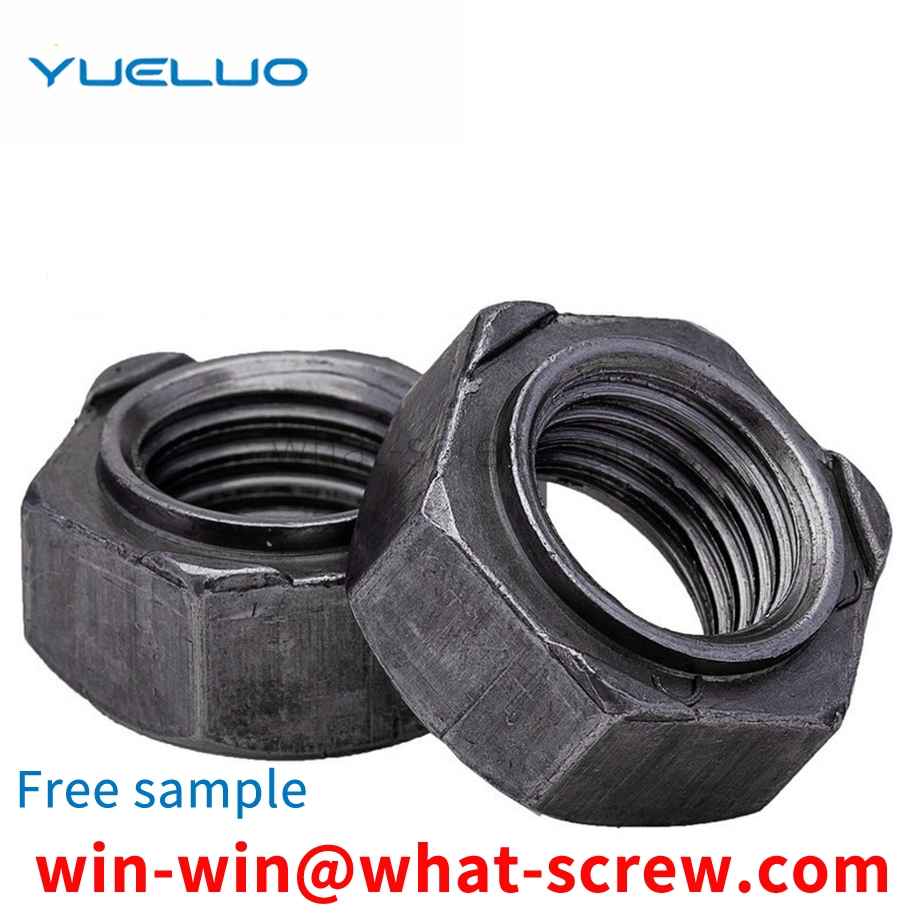
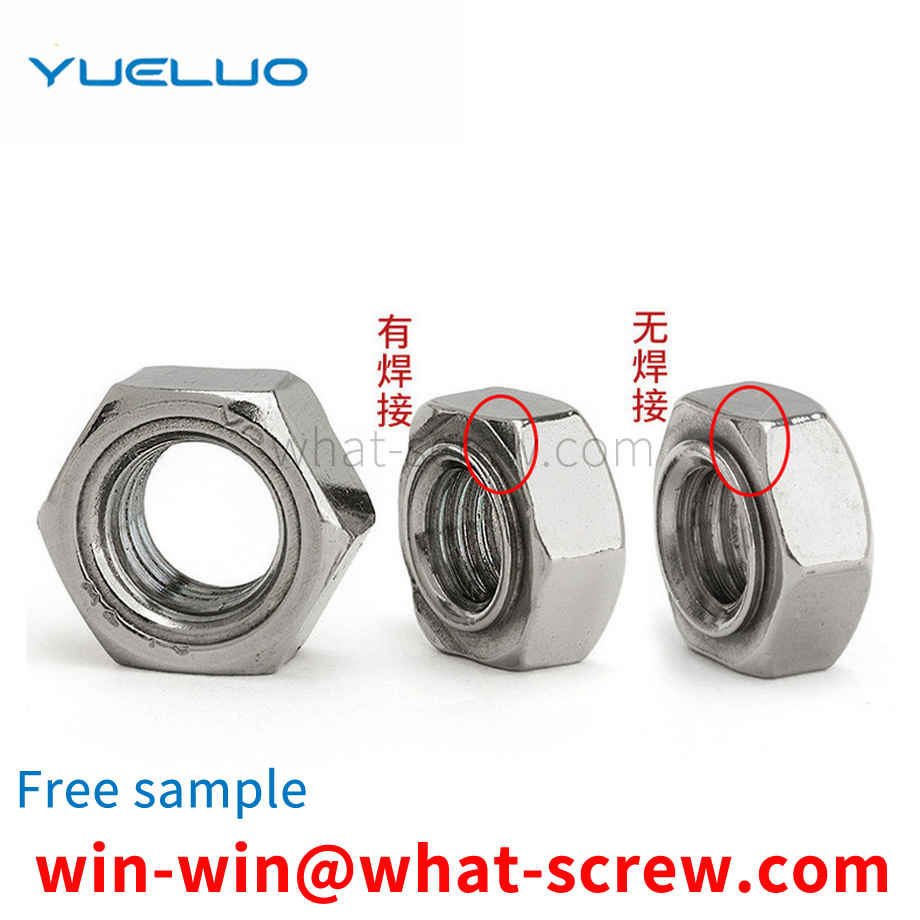
Existing bolt pairs usually include bolts, nuts and washers, and their specific structures and usage methods are traditionally known and common in life. They will not be described in detail here. You can find relevant bolt pairs by searching for bolt pairs on the Internet. Information picture, the structure of the ordinary bolt pair has basically no structural improvement since it was used as a fastener. The production requirements of ordinary bolt pairs are the basic material, structural strength, and accuracy requirements, while the tightening and anti-loosening requirements The requirements of the effect are basically to achieve the problem of tightening and anti-loosening by using elastic washers, anti-loosening washers or using double nuts.
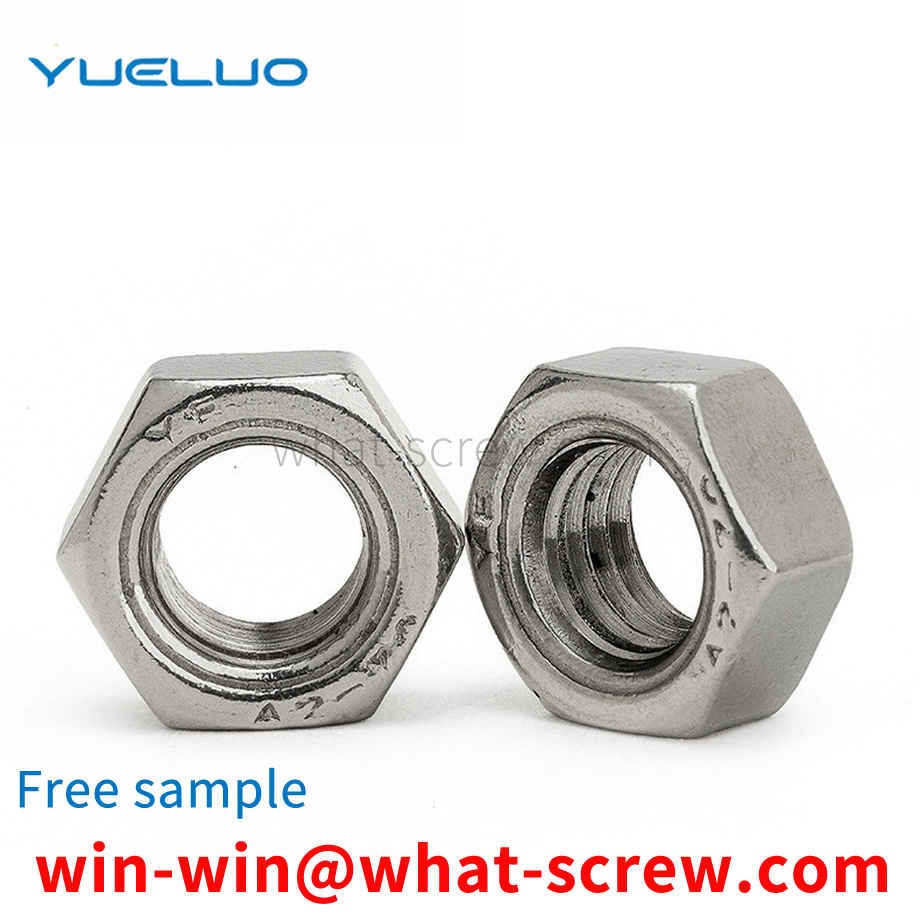
In the process of mechanical assembly, we often use pins to connect two parts, and the positioning pins are usually sunk into the pin installation holes on the mechanical parts. During the assembly process or after the assembly is completed, we often need to pull out the pins to assemble, revise or repair the parts. The existing method of pulling out the positioning pins is generally to use tools such as pliers, hand hammers, and blades to pull out the positioning pins, but This method is easy to damage the pin holes and pins, which will directly lead to the scrapping of the original parts. The positioning pin can be pulled out by pulling the pull rod, but in order to ensure the assembly accuracy between the parts, the matching between the positioning pin and the pin hole on the part is tight and the number of pins is large, so this method is inconvenient to operate. And time consuming.
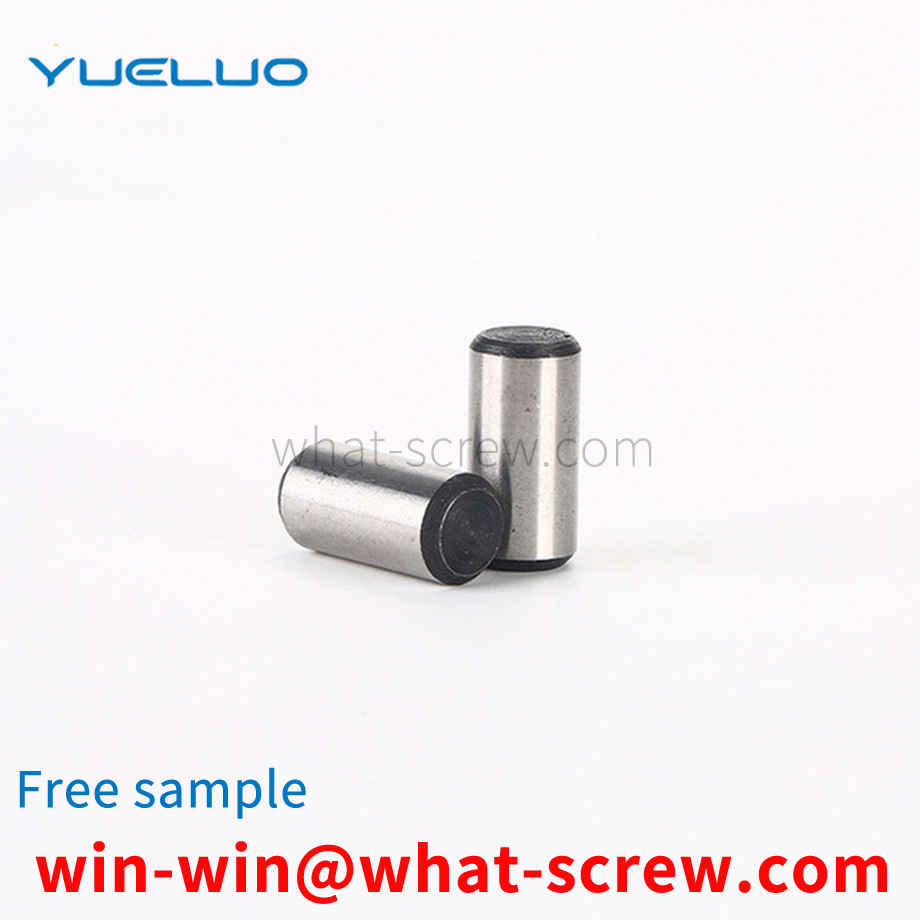
The above content is uploaded by Yueluo or the Internet. If there is any copyright issue, please contact [email protected].

What is the tolerance range of precision screws?

How to choose the right stainless steel screw manufacturer?

Why is there an R angle under the head of the hexagon head s...

We have more than ten years of experience in screw industry ...

We have more than ten years of experience in screw industry ...

We have more than ten years of experience in screw industry ...

We have more than ten years of production experience in the ...